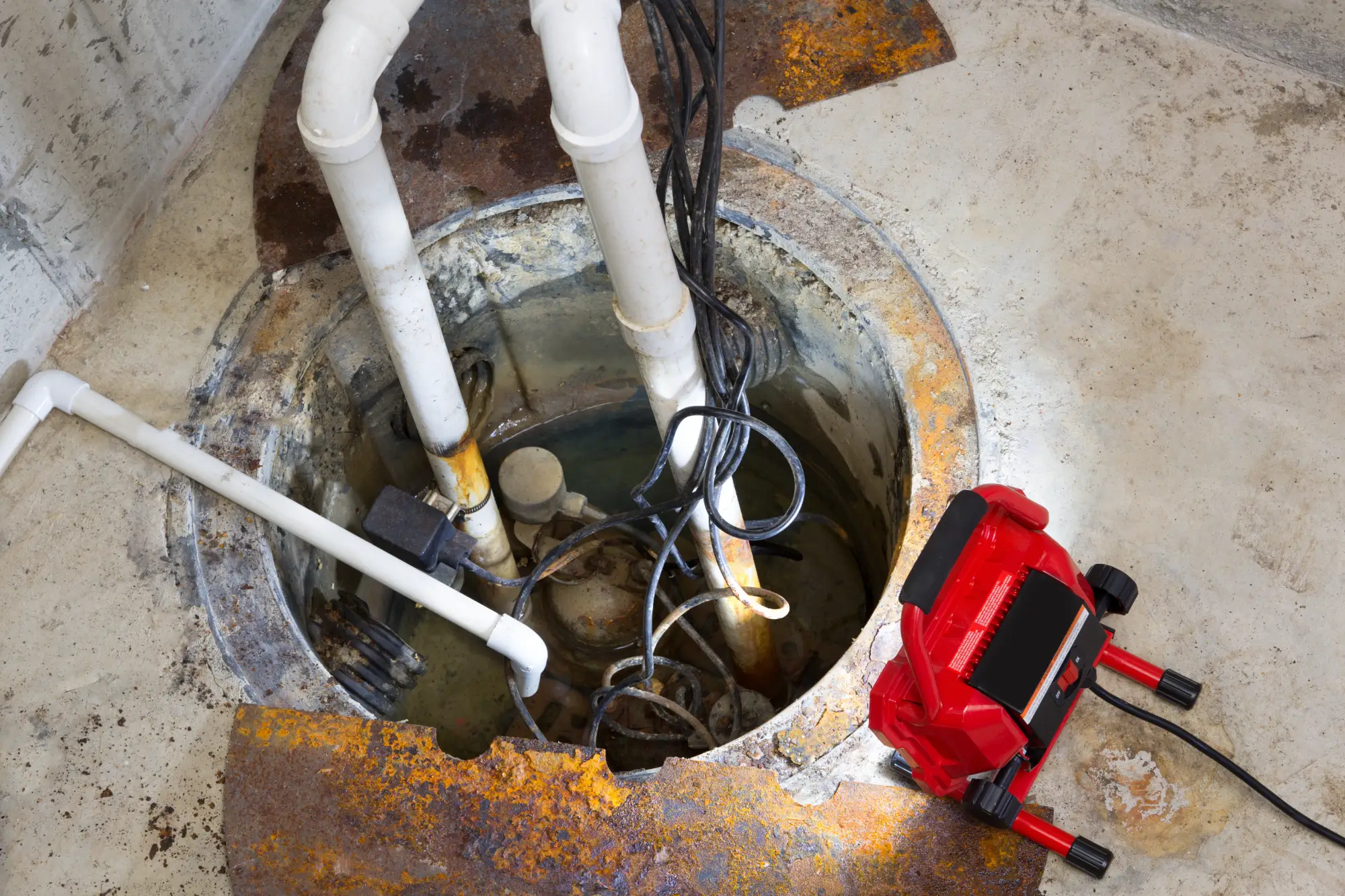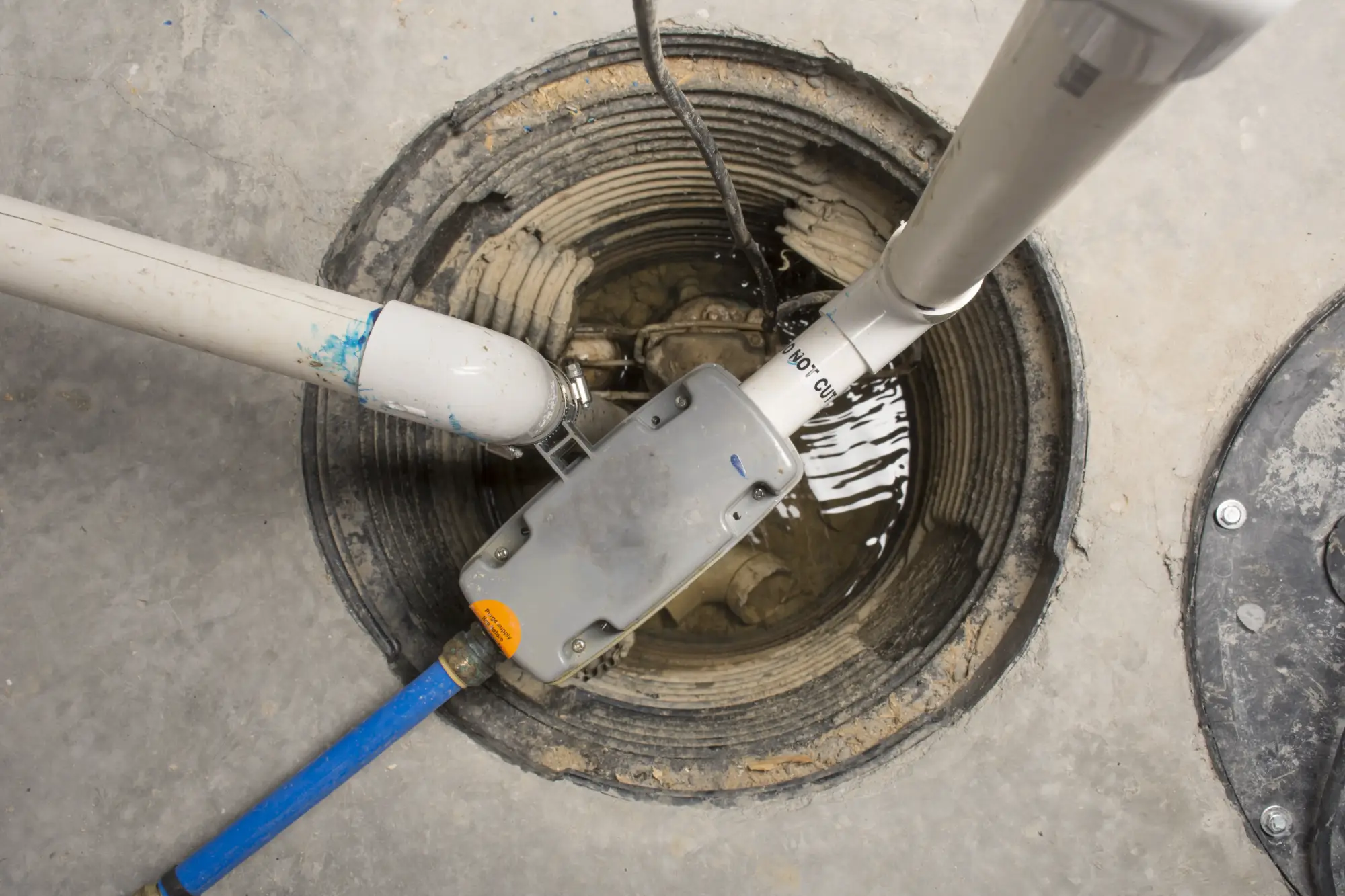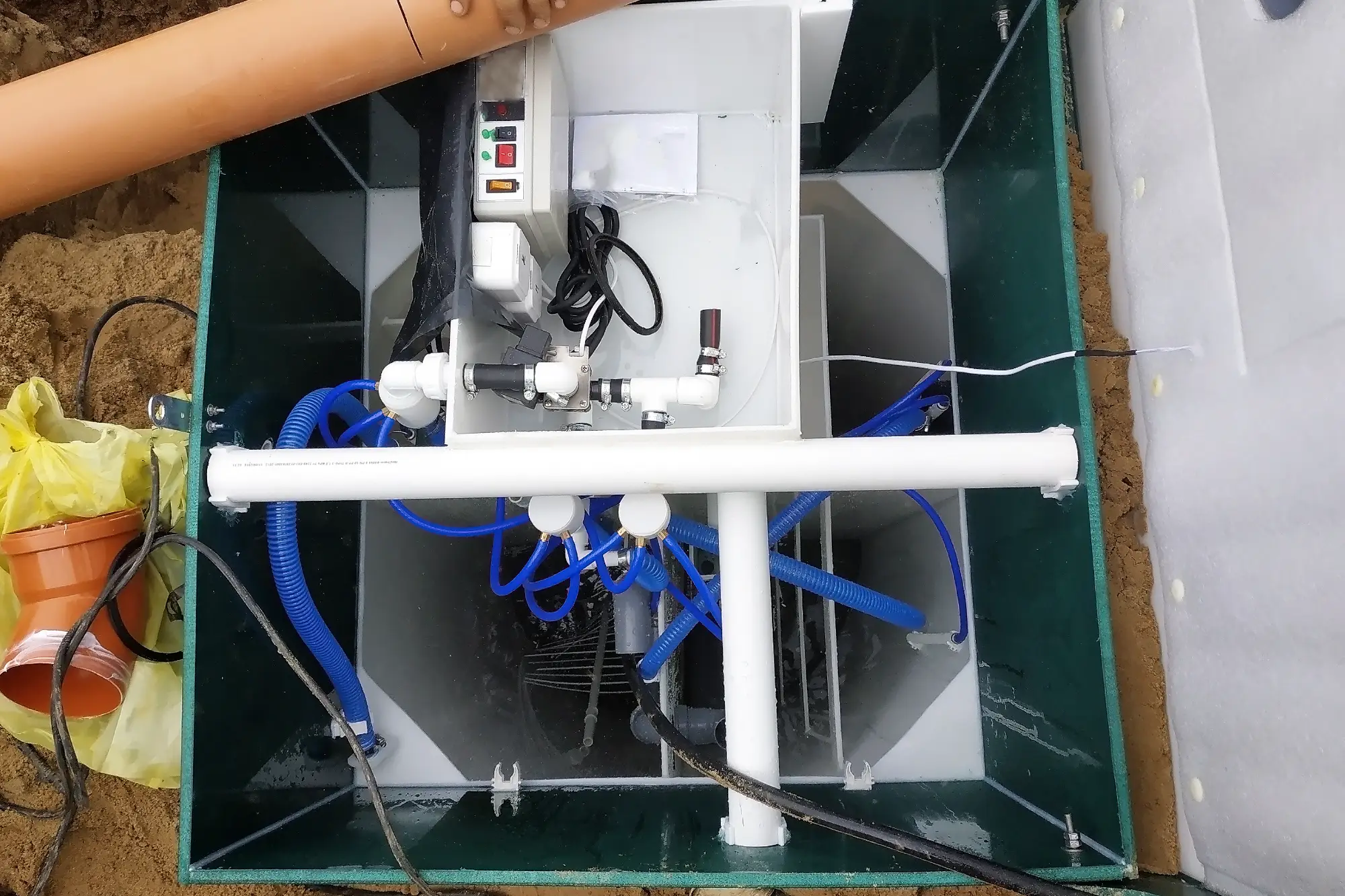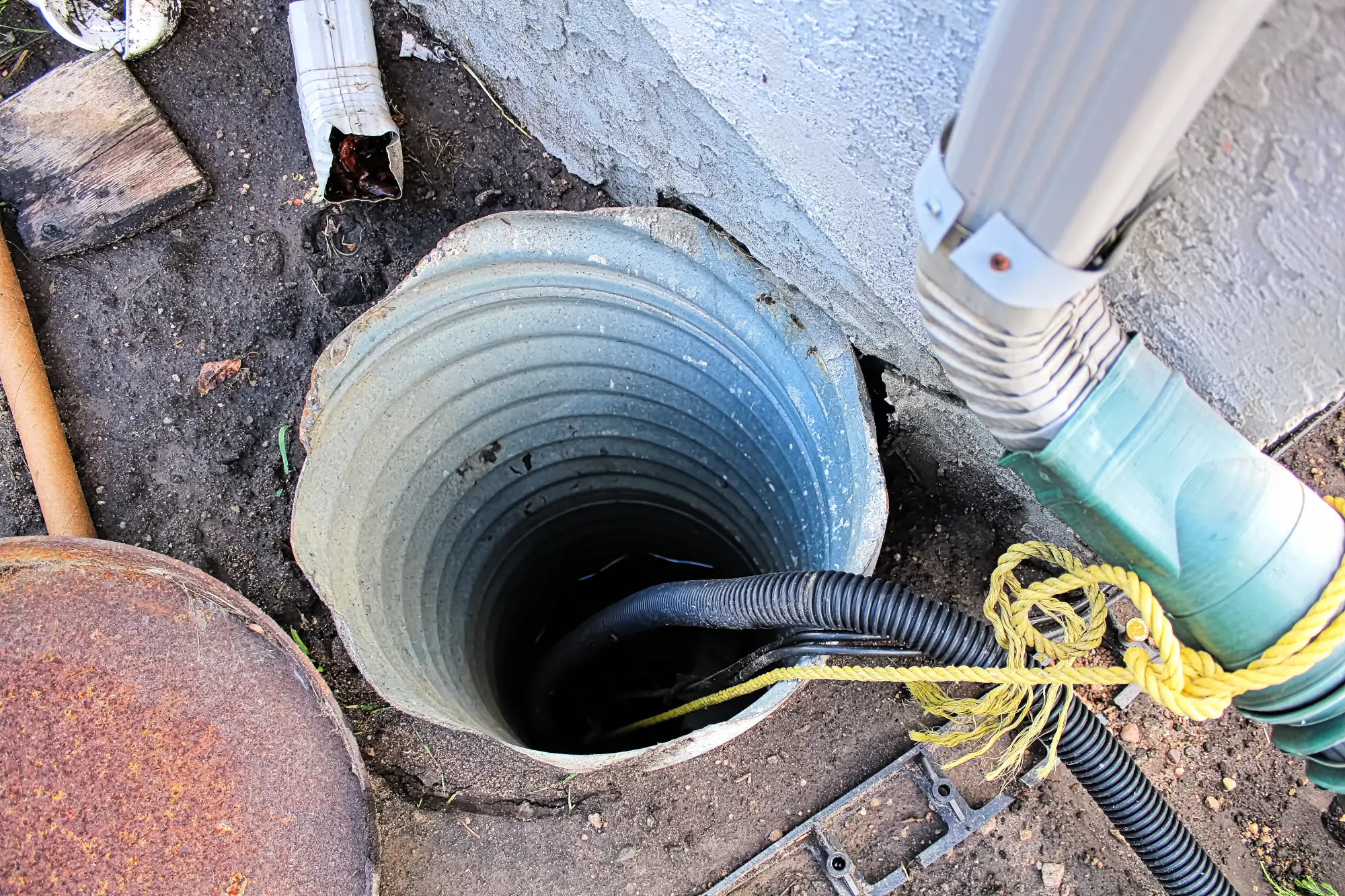Sump Pump Installation in Center Moriches, NY
Stop Basement Flooding Before It Starts
Professional sump pump installation that keeps your basement dry through every Long Island storm and seasonal flood.

Hear About Us

Basement Sump Pump Systems Center Moriches
You’ll sleep through the next nor’easter without wondering if your basement is flooding. No more rushing downstairs during storms to check water levels or moving belongings to higher ground every time rain is in the forecast.
Your basement becomes usable space again. Store holiday decorations, tools, and family items without worrying about water damage. If you’ve got a finished basement, you can actually enjoy it instead of treating it like a flood zone.
The musty smell disappears. Your whole house feels fresher when moisture isn’t constantly seeping up from below, and you’re not dealing with mold concerns or that damp basement odor that seems to creep through the rest of your home.
Sump Pump Installation Company Center Moriches
Diamond Masonry & Waterproofing LLC has been solving basement water problems for Center Moriches homeowners for years. We understand how Long Island’s seasonal weather patterns, soil conditions, and older home construction create the perfect storm for basement flooding.
We’re not a franchise operation following a corporate playbook. We’re local contractors who’ve seen every type of basement water issue this area throws at homeowners, from seasonal seepage to full-scale flooding during major storms.
When we assess your basement, we’re looking at your specific situation with the experience that comes from handling hundreds of similar problems right here in your neighborhood.

Basement Sump Pump Installation Process
We start with a thorough assessment of your basement’s water issues and layout. This isn’t a quick look around – we’re identifying exactly where water enters, how it moves through your space, and what type of sump pump system will handle your specific situation.
Next, we excavate the sump pit in the optimal location based on your basement’s drainage patterns. The pit gets lined properly, and we install the sump pump with the right horsepower and features for your home’s needs. Every installation includes proper discharge piping that directs water well away from your foundation.
We test everything thoroughly before we leave. You’ll see exactly how the system activates, how quickly it removes water, and where that water goes. We also walk you through basic maintenance so you know your system will be ready when you need it most.

Ready to get started?
Explore More Services
About Diamond Masonry & Waterproofing
Get a Free Consultation
Professional Sump Pump Installers Center Moriches
You get a complete basement sump pump system designed for your home’s specific water challenges. This includes the sump pump unit sized correctly for your basement, a properly excavated and lined sump pit, and discharge piping that moves water away from your foundation effectively.
We handle all the technical details that matter for Long Island conditions. The system includes proper electrical connections with GFCI protection, check valves to prevent backflow, and discharge lines positioned to prevent freezing during winter months.
Your installation comes with a full system test and walkthrough. We make sure you understand how everything works, what normal operation looks and sounds like, and how to perform basic maintenance to keep your system reliable for years to come.

How do I know what size sump pump I need for my basement?
Where should the sump pump discharge water from my basement?
How long does a typical sump pump installation take?
What happens if my sump pump fails during a storm?
Do I need a battery backup for my sump pump system?
How often should I maintain my basement sump pump?
Local Resources
- Google Map Link
- Find the Center Moriches, NY USPS
- Locate Nearby Center Moriches, NY Pharmacies
- View the Current Weather in Center Moriches, NY
- Center Moriches, NY is located in Suffolk county in New York State